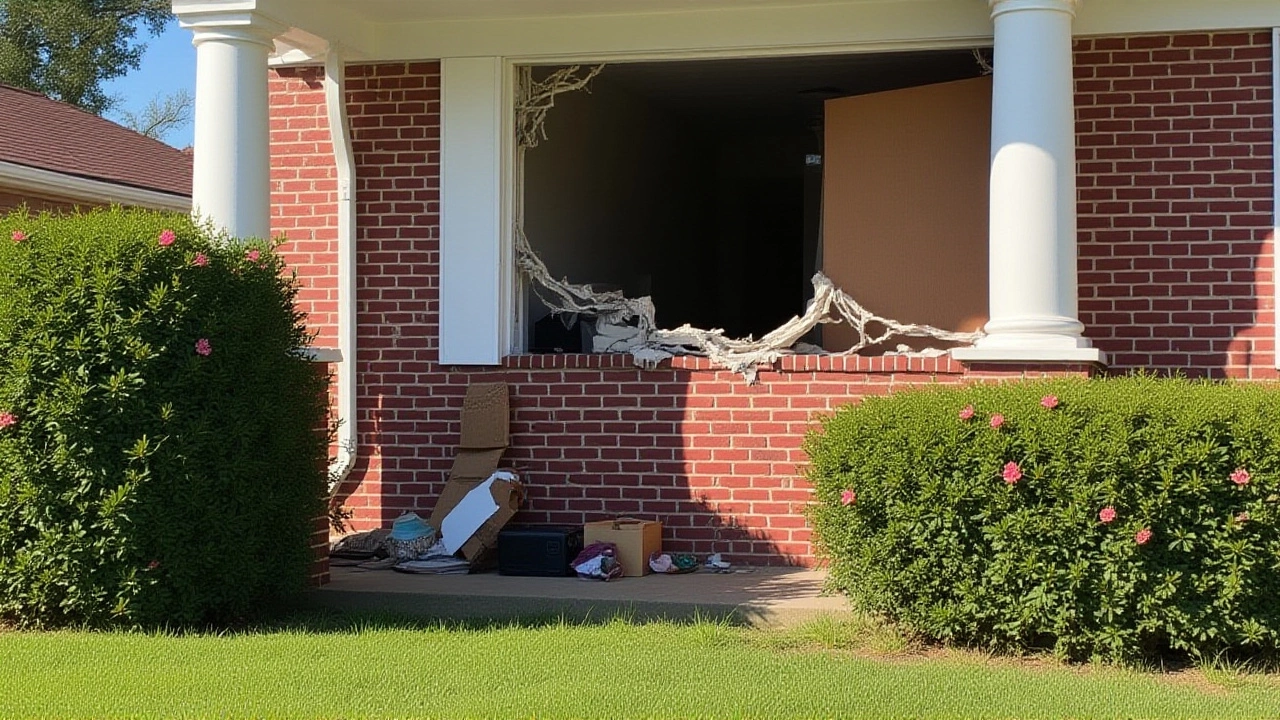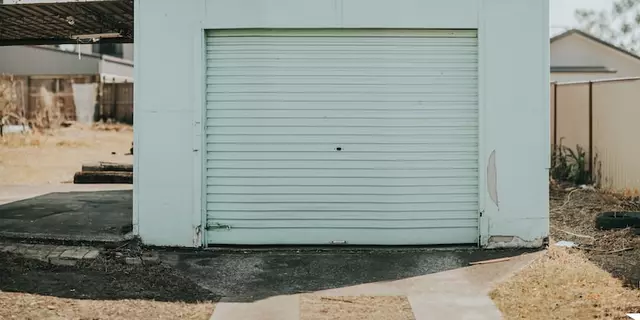When Derrick Groves, a 28‑year‑old inmate who fled a maximum‑security wing in New Orleans last spring, was finally taken into custody on Oct. 8, 2025, the nation breathed a collective sigh of relief. The dramatic showdown unfolded at a modest house on Honeysuckle Lane in southwest Atlanta, Georgia, where a SWAT team forced the fugitive out of a crawl space after a brief, tense standoff.
The capture put an end to a 145‑day, multi‑agency hunt that began when Groves and nine other prisoners busted out of the Orleans Parish Justice Center at 3:15 a.m. CST on May 16, 2025. At the time of the breakout, all ten were serving violent‑offense sentences, and Groves was listed under Criminal District Court Case No. 645218 for armed robbery.
How the Manhunt Unfolded
Within hours of the escape, the Orleans Parish Sheriff’s Office dispatched a task force led by Sheriff Susan Hutson. The task force quickly enlisted the help of the U.S. Marshals Service, the FBI, Homeland Security Investigations (HSI), Louisiana State Police, the New Orleans Police Department (NOPD), and the Atlanta Police Department (APD). Daily briefings were held at the Gulf Coast Violent Offender Task Force headquarters in downtown New Orleans.
Crucial intelligence came from the nonprofit Crimestoppers Greater New Orleans. President Darlene Cusanza told reporters that the organization processed several hundred tips on Groves over the months, all of which were vetted before being passed on to law‑enforcement partners.
On Oct. 7, a tipster called the Crime Stoppers hotline, describing a man matching Groves’s description living in a house near Atlanta’s Perimeter Mall. The tip was relayed to the U.S. Marshals Office in Louisiana, headed by Director Donald Washington. Washington confirmed to CBS News correspondent Nicole Sganga that the lead was the most credible one received since the escape.
The Atlanta Standoff
At 1:10 p.m. ET on Oct. 8, APD SWAT units, under the command of Chief Darin Schierbaum, surrounded the residence on Honeysuckle Lane. Officers deployed several chemical‑irritant canisters into the living room while a tactical negotiator attempted to coax the suspect out.
When the gas cleared, a detective spotted a faint outline of a door leading to a crawl space beneath the home. Inside, Groves was curled up, clutching a blanket. He surrendered without further resistance and was handcuffed at 1:12 p.m. ET. APD spokespersons confirmed that no other occupants were present and that the operation concluded without injuries to officers or civilians.
Legal Fallout and Next Steps
Following processing at APD’s Zone 6 headquarters, Groves was flown back to Louisiana on a U.S. Marshals transport plane. He now faces the original armed‑robbery charge plus new counts of escape and obstruction of justice, which under Louisiana Revised Statutes Title 14, § 34 could add five to ten years to his sentence.
Sheriff Hutson’s office announced that Groves will be placed in maximum‑security segregation at the Orleans Parish Justice Center, a 1,200‑inmate, 18‑story facility located at 425 North Rampart Street. The sheriff’s department said the incident sparked a comprehensive review of the center’s perimeter fencing, surveillance cameras, and inmate‑movement protocols.
Reactions from Law‑Enforcement Leaders
"This operation showcases what can happen when agencies share intelligence in real time," said Director Washington at a press conference. He praised the swift action of Crime Stoppers and the dedication of the APD SWAT team.
Chief Schierbaum added, "Our officers acted with precision and professionalism. The safety of the community is always our top priority, and we’re relieved this ended peacefully."
Superintendent Col. Lamar Davis of the Louisiana State Police highlighted the interstate cooperation, noting, "We’ve had joint task forces before, but this is one of the longest‑running and most complex fugitive pursuits we’ve coordinated in recent memory."

Why This Matters to the Public
Beyond the headline‑grabbing escape, the case underscores lingering security challenges in aging correctional facilities across the Gulf Coast. Since Hurricane Katrina, the Orleans Parish Justice Center underwent a major renovation in 2015, yet the May 2025 breach revealed gaps in both physical barriers and staffing levels.
The successful capture also shines a light on community‑based tip programs. According to Crime Stoppers data released after the operation, tips resulted in 37 percent of arrests in high‑profile cases last year, reinforcing the value of public participation in law‑enforcement efforts.
Looking Ahead
Law‑makers in Louisiana are already drafting a bill that would increase funding for correctional‑facility upgrades and mandate quarterly security audits. Meanwhile, the APD plans to conduct a debrief of the Honeysuckle Lane operation to fine‑tune its SWAT protocols for future interstate pursuits.
For victims of Groves’s original robbery, the closure offers a measure of justice, though many still await restitution. The case remains a stark reminder that even well‑guarded prisons can be vulnerable, and that cooperation across city, state, and federal lines is essential to keep communities safe.
Frequently Asked Questions
How did the tip from Crime Stoppers lead to Groves’s capture?
A caller described a man matching Groves’s height, tattoos, and vehicle near Atlanta’s Perimeter Mall. Crime Stoppers vetted the tip, passed it to the U.S. Marshals, and the information pinpointed Honeysuckle Lane, where SWAT later located the fugitive.
What additional charges does Groves face now?
Beyond the armed‑robbery conviction, Groves now faces escape and obstruction of justice charges under Louisiana Revised Statutes Title 14, § 34. Those counts could tack on another five to ten years to his sentence.
Which agencies were involved in the manhunt?
The effort combined the Orleans Parish Sheriff’s Office, U.S. Marshals Service, FBI, Homeland Security Investigations, Louisiana State Police, New Orleans Police Department, and the Atlanta Police Department, supported by Crime Stoppers Greater New Orleans.
What security changes are being considered at the Orleans Parish Justice Center?
Officials are reviewing perimeter fencing, upgrading surveillance cameras, and adding biometric access controls. A pending state bill would allocate additional funds for these upgrades and require quarterly security audits.
Will Groves be returned to a different facility after his trial?
If convicted on the new escape charges, he could be moved to a higher‑security unit within the Orleans Parish Justice Center or transferred to a state prison with a reputation for handling high‑risk inmates, depending on the sentencing outcome.



